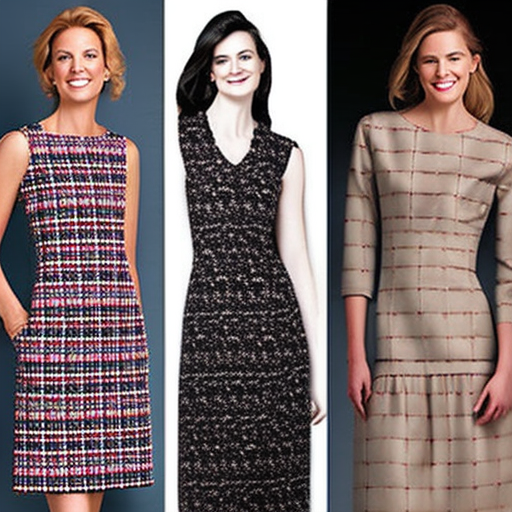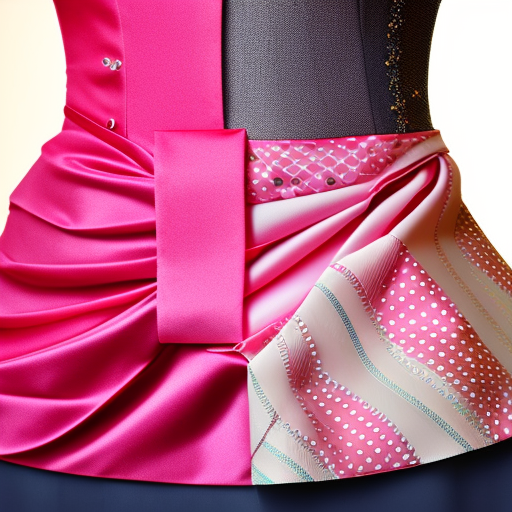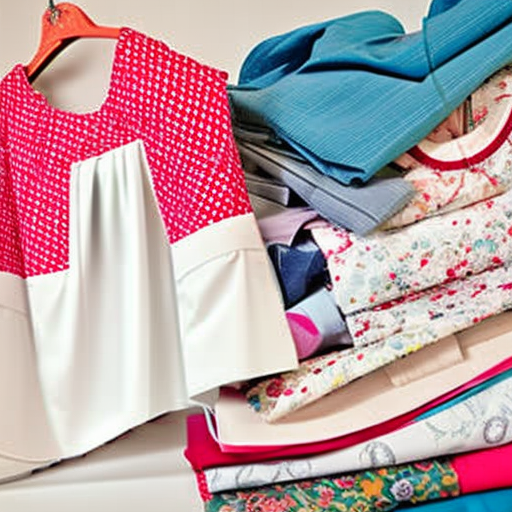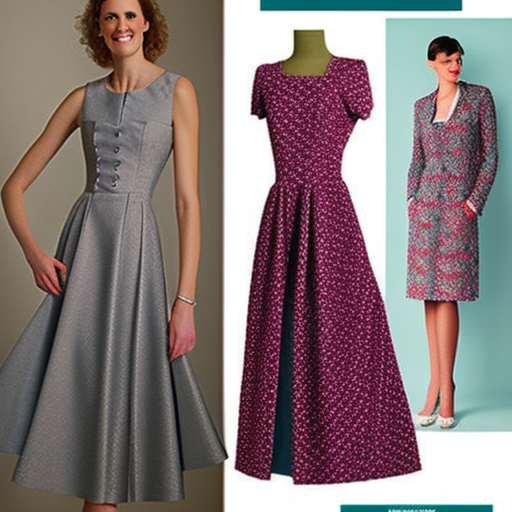Whether you are an experienced seamstress or just starting out on your sewing journey, sewing patterns are crucial tools that guide you through the process of creating garments. Understanding how they work is fundamental to achieve your desired results. Let’s delve into the world of sewing patterns and demystify their magic.

Components of a Sewing Pattern
A sewing pattern is composed of various elements that come together to form a comprehensive guide for cutting and constructing garments. These elements include:
- Pattern Envelope: This is where your pattern is stored for safekeeping. It usually includes an image of the finished garment, sizing information, and the pattern pieces enclosed inside.
- Pattern Instructions: The instructions guide you step-by-step through the construction process. They include written directions, diagrams, and often helpful tips or suggestions.
- Pattern Pieces: These are paper templates that define the shape and size of each part of the garment. They need to be traced onto fabric and cut out before sewing. Pattern pieces are usually labeled with letters or numbers that match up to the instructions.
Following a Sewing Pattern
Here are the general steps involved in using a sewing pattern:
1. Select the Correct Size
Each pattern comes with a size chart indicating the appropriate measurements for each size. Take accurate measurements of your body and choose the size that matches your measurements most closely.
2. Prepare Your Materials
Before starting, gather all necessary materials mentioned in the pattern, including fabric, thread, buttons, and zippers. It’s important to pre-wash fabrics to avoid shrinkage or color bleeding.
3. Trace and Cut the Pattern Pieces
Using a tracing paper, transfer the patterns from the pattern sheet onto your fabric. Cut along the traced lines carefully, ensuring precision for proper fitting.
4. Follow the Instructions
Carefully read and follow the detailed instructions provided with the pattern. They will walk you through each step of construction, from stitching seams to attaching collars or cuffs.
5. Finishing Touches and Fitting
Complete the garment by adding finishing touches, such as hemming, buttons, or embellishments. Remember to try on the garment as you progress to ensure it fits comfortably.
Tips for Better Results
- Read the pattern instructions thoroughly before you begin.
- Take accurate measurements and compare them to the pattern’s size chart.
- Invest in good-quality tools and materials for optimal results.
- Practice sewing techniques on scrap fabric before working on your final project.
- Keep pattern pieces organized to avoid confusion during construction.
- Don’t hesitate to seek assistance or consult online resources if you encounter difficulties.
Now that you have a better understanding of how sewing patterns work, you can confidently embark on your next sewing project with more clarity and accuracy. Enjoy the creative process and bring your garment ideas to life!
Image Source: Freepik





Great topic, sewing patterns can be tricky to understand!
Michelle Davis: I can’t wait to read this and learn more about sewing patterns!
Gavin Smith: Definitely looking forward to reading this! Such a great resource for understanding more about how sewing patterns work.